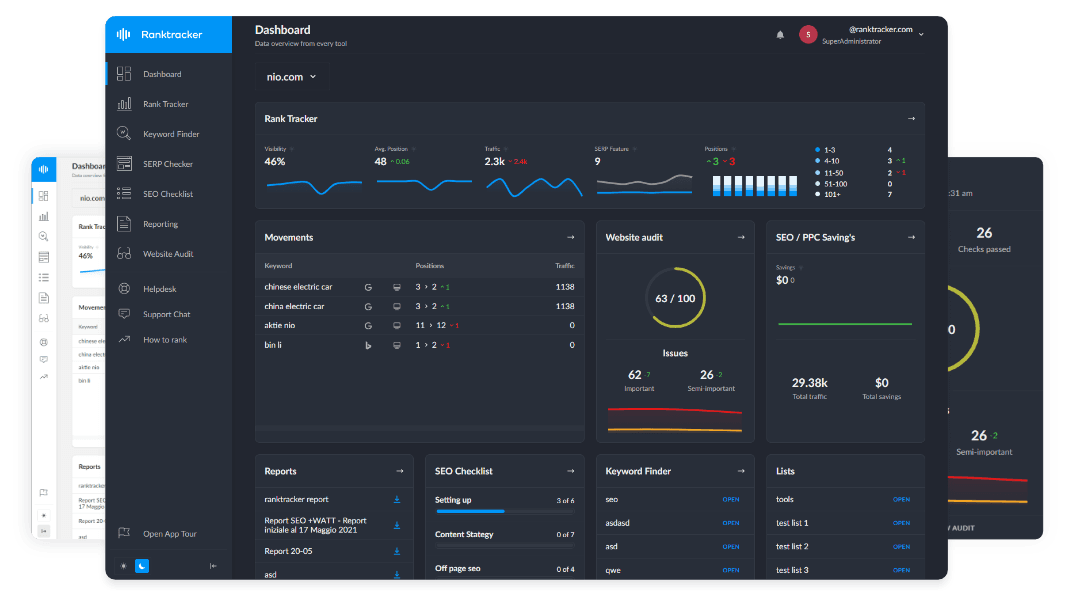Intro
Writing essays can be time-consuming, requiring extensive research, structuring, and refinement. An AI writer simplifies this process by automating many aspects of writing while enhancing creativity and efficiency. Whether you're a student, researcher, or content creator, AI-powered tools can help you produce high-quality essays in less time.
Why Use an AI Writer?
AI-driven writing tools leverage natural language processing (NLP) to assist with brainstorming, drafting, and editing. Here are the key benefits:
- Saves time – AI writers can generate structured drafts quickly, reducing the hours spent on writing.
- Enhances creativity – Get topic ideas, outlines, and phrasing suggestions instantly.
- Improves writing quality – AI corrects grammar, suggests better word choices, and ensures logical flow.
- Reduces writer’s block – AI-generated prompts and content help overcome creative hurdles.
- Supports research – AI tools can provide relevant information and citations to back up arguments. An AI essay writer with references can make this process even easier.
How to Structure an Essay with AI Assistance
A well-structured essay ensures clarity and coherence. AI can guide you through this process effectively:
1. Generate a Topic and Outline
- Use an AI essay writer to brainstorm ideas based on a prompt or keyword.
- Create a structured outline with an introduction, body paragraphs, and conclusion.
2. Draft the Introduction
- AI can suggest compelling hooks, thesis statements, and background information.
- Ensure the introduction clearly presents the main argument.
3. Develop Body Paragraphs
- Use AI to generate detailed explanations, supporting evidence, and transitions between ideas.
- Ensure each paragraph focuses on a single point that supports the thesis.
4. Craft a Strong Conclusion
- AI tools can summarize key points effectively.
- Reinforce the thesis without repeating it verbatim.
- Provide a thought-provoking final statement.
Enhancing Essay Quality with AI Tools
AI goes beyond generating text—it also improves writing quality through various features:
1. Grammar and Style Checking
- AI detects and corrects grammar mistakes, awkward phrasing, and passive voice.
- Provides suggestions for better clarity and conciseness.
2. Plagiarism Detection
- Ensures originality by comparing text against vast databases.
- Helps maintain academic integrity and prevent accidental plagiarism.
3. Readability Enhancement
- AI tools assess sentence complexity and recommend simplifications.
- Ensures the writing is clear and appropriate for the target audience.
4. Citation and Research Assistance
- Some AI tools integrate with research databases to suggest credible sources.
- Helps format citations in APA, MLA, or Chicago styles automatically.
Best Practices for Using an AI Writing Tool
While AI can significantly enhance writing efficiency, it should be used strategically:
- Personalize AI-generated content – Always review and refine AI-generated text to align with your unique voice.
- Fact-check AI suggestions – AI may sometimes provide incorrect or outdated information.
- Use AI as a writing assistant, not a replacement – AI enhances creativity but should not replace critical thinking and originality.
- Ensure proper formatting – AI can help with structure but double-check citations and style guidelines.
Measuring Success with AI Writing Tools
To gauge the effectiveness of an AI writer, consider the following metrics:
- Time saved – Compare writing time before and after using AI.
- Improvement in quality – Use AI editing features to refine grammar and coherence.
- Plagiarism-free content – Run AI-generated essays through plagiarism checkers.
- Reader engagement – Assess feedback and readability scores to ensure clarity and impact.
By leveraging AI writing tools strategically, users can enhance their writing skills, produce high-quality content efficiently, and refine their essays with ease.

